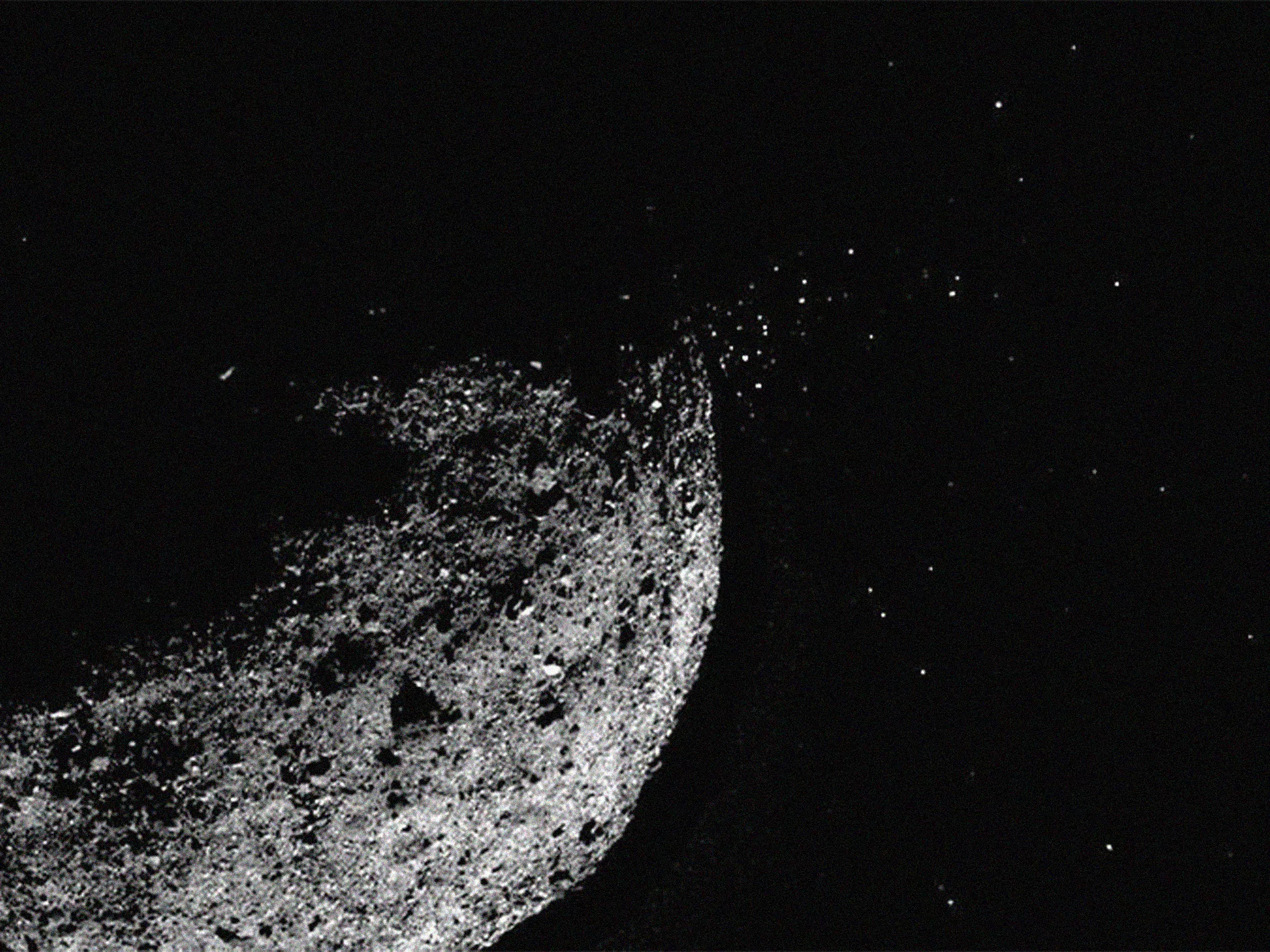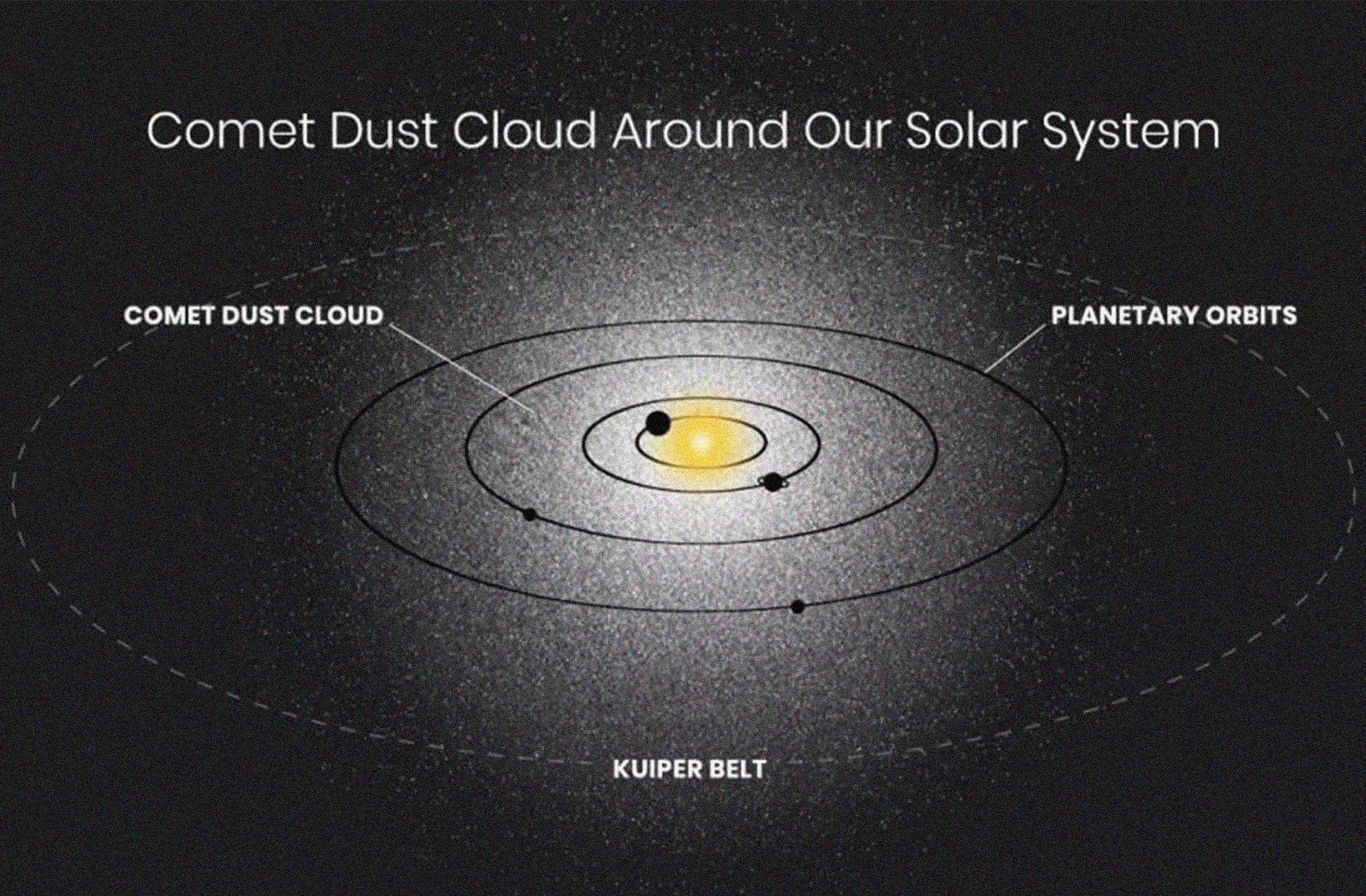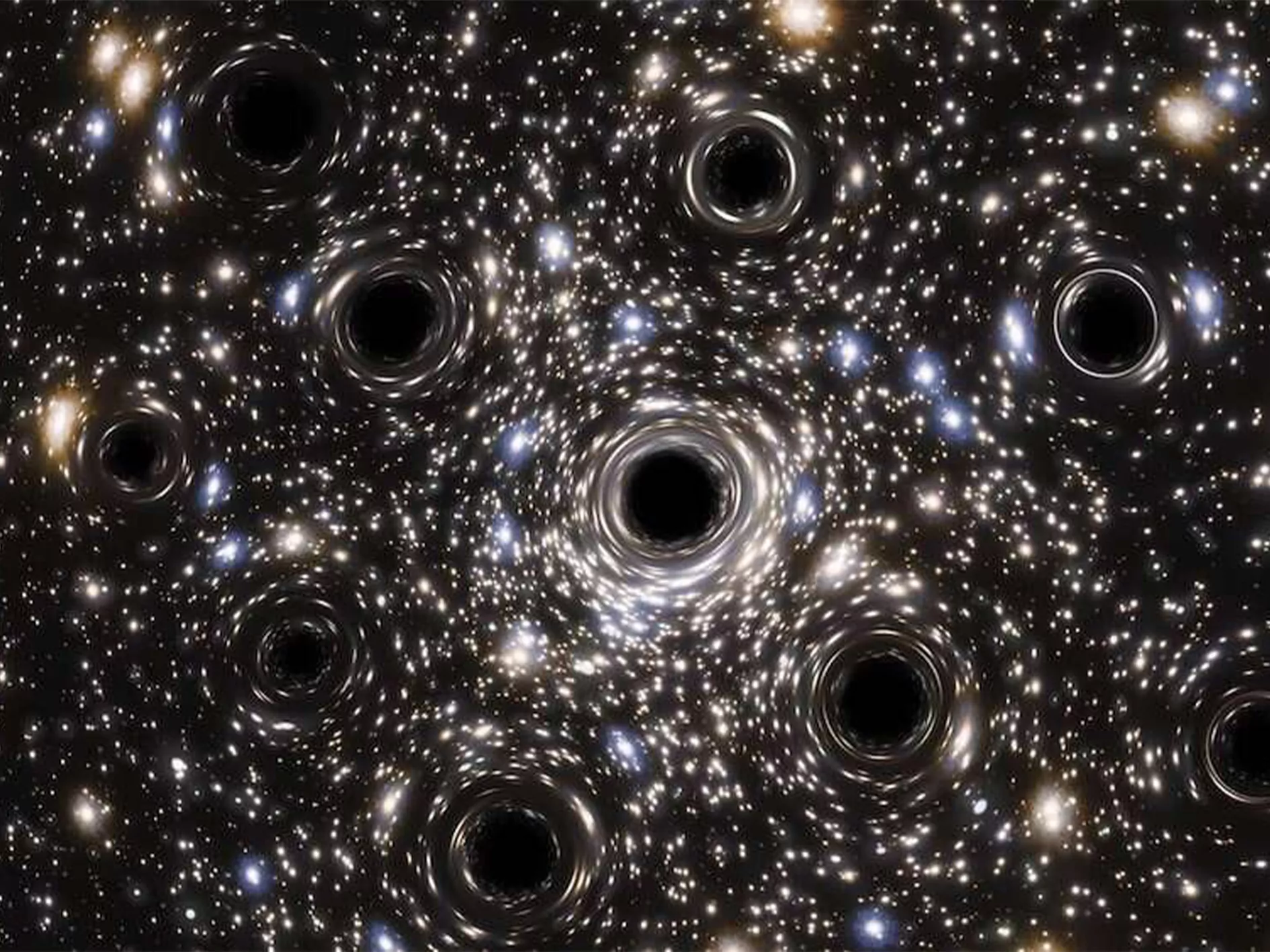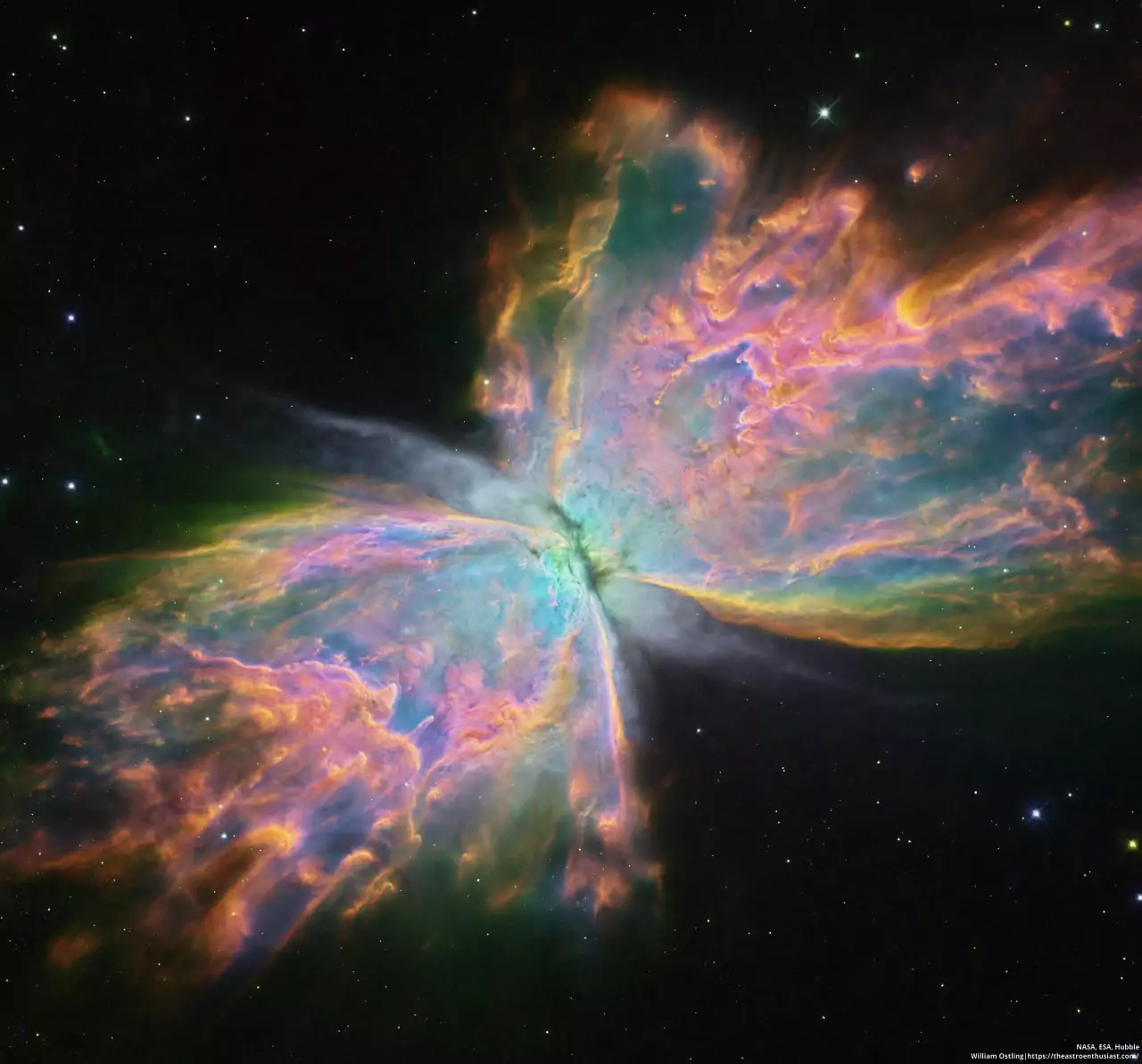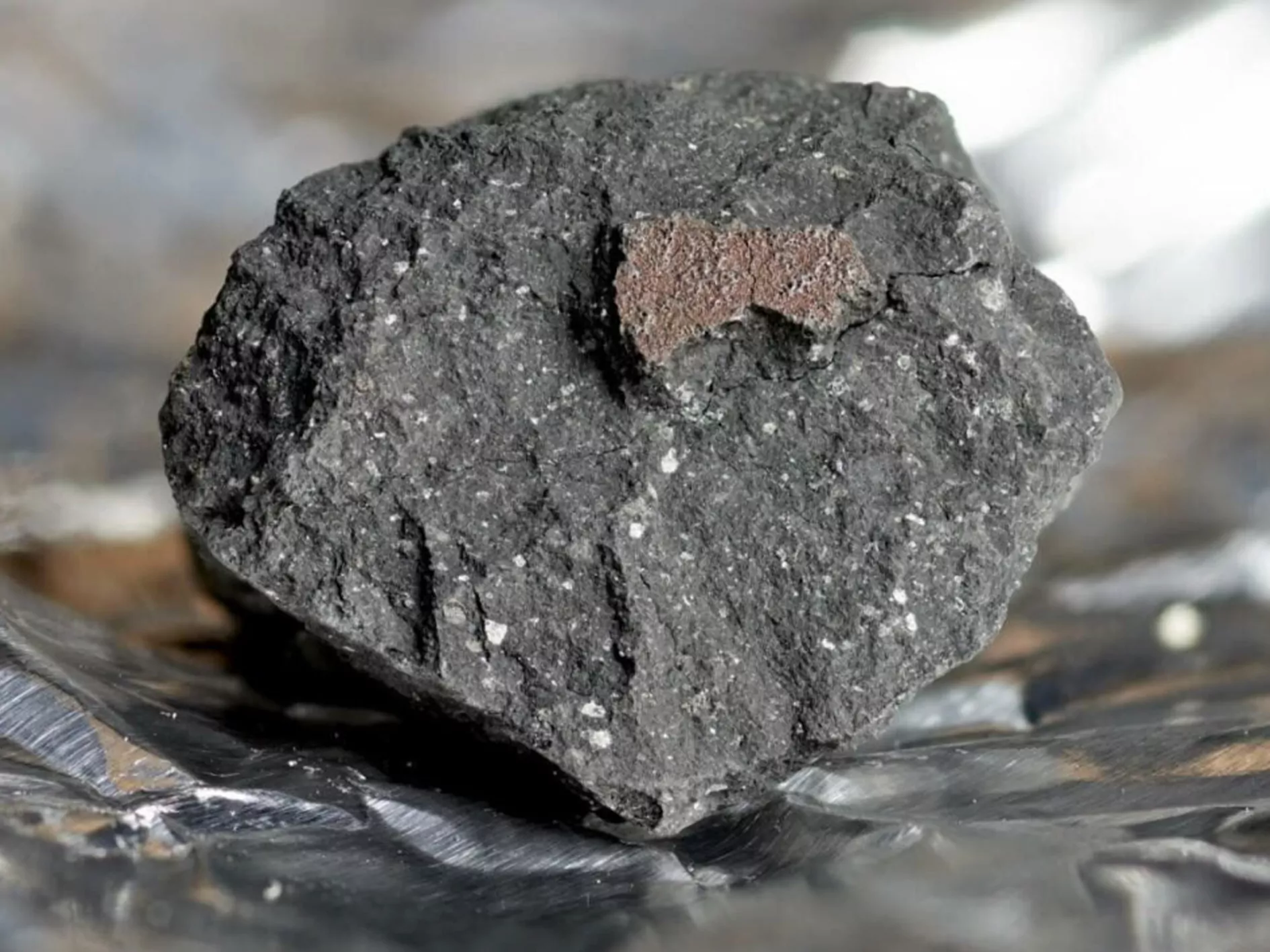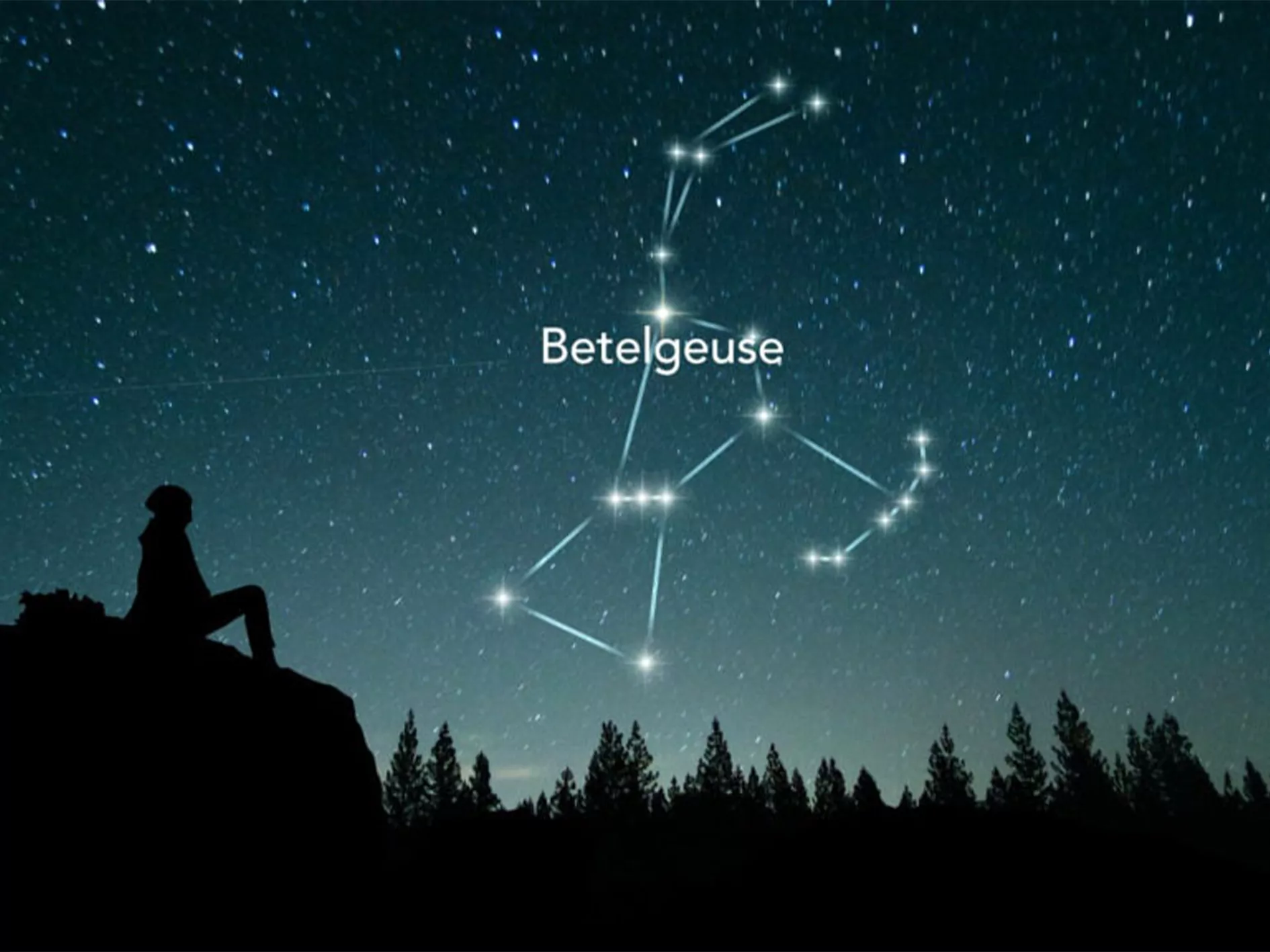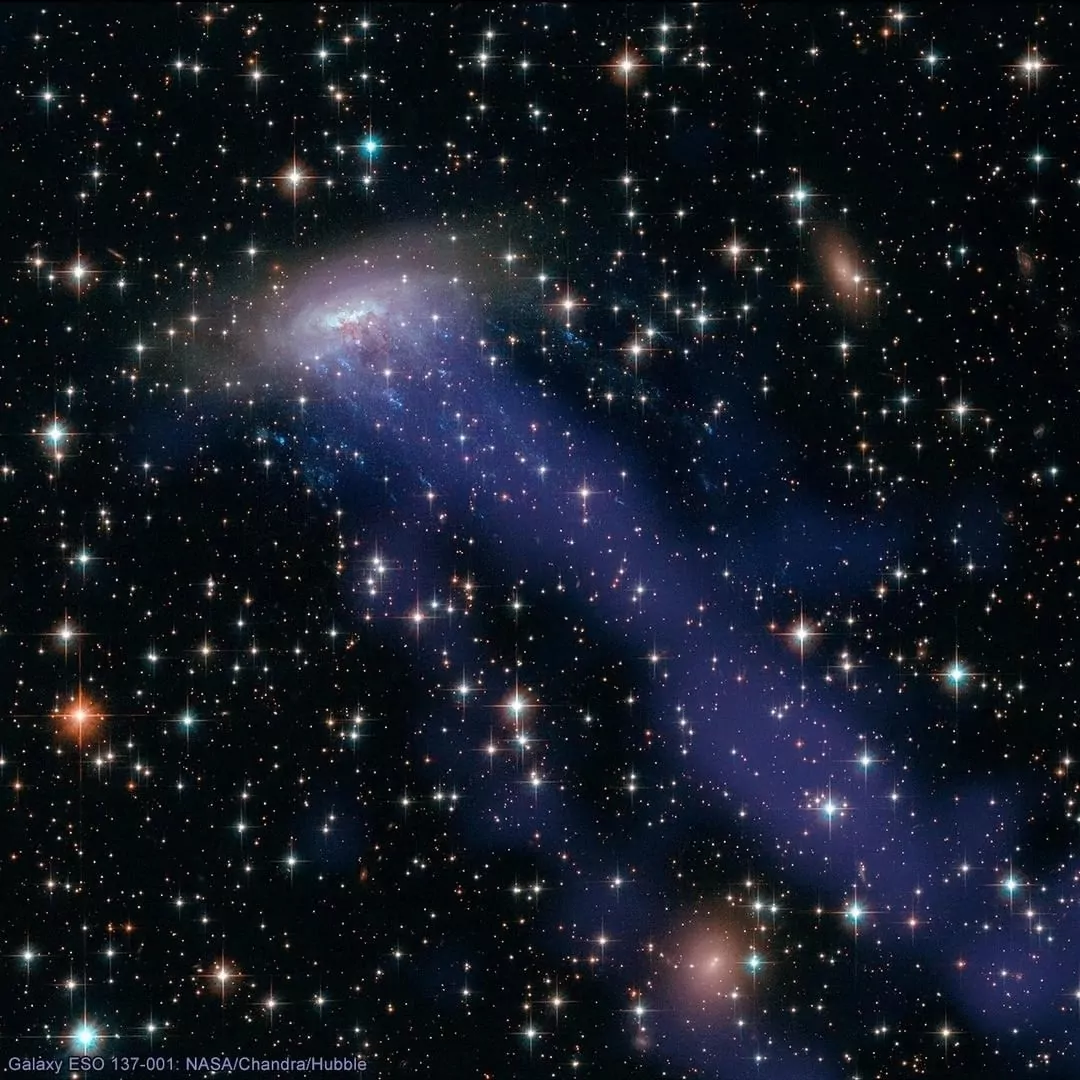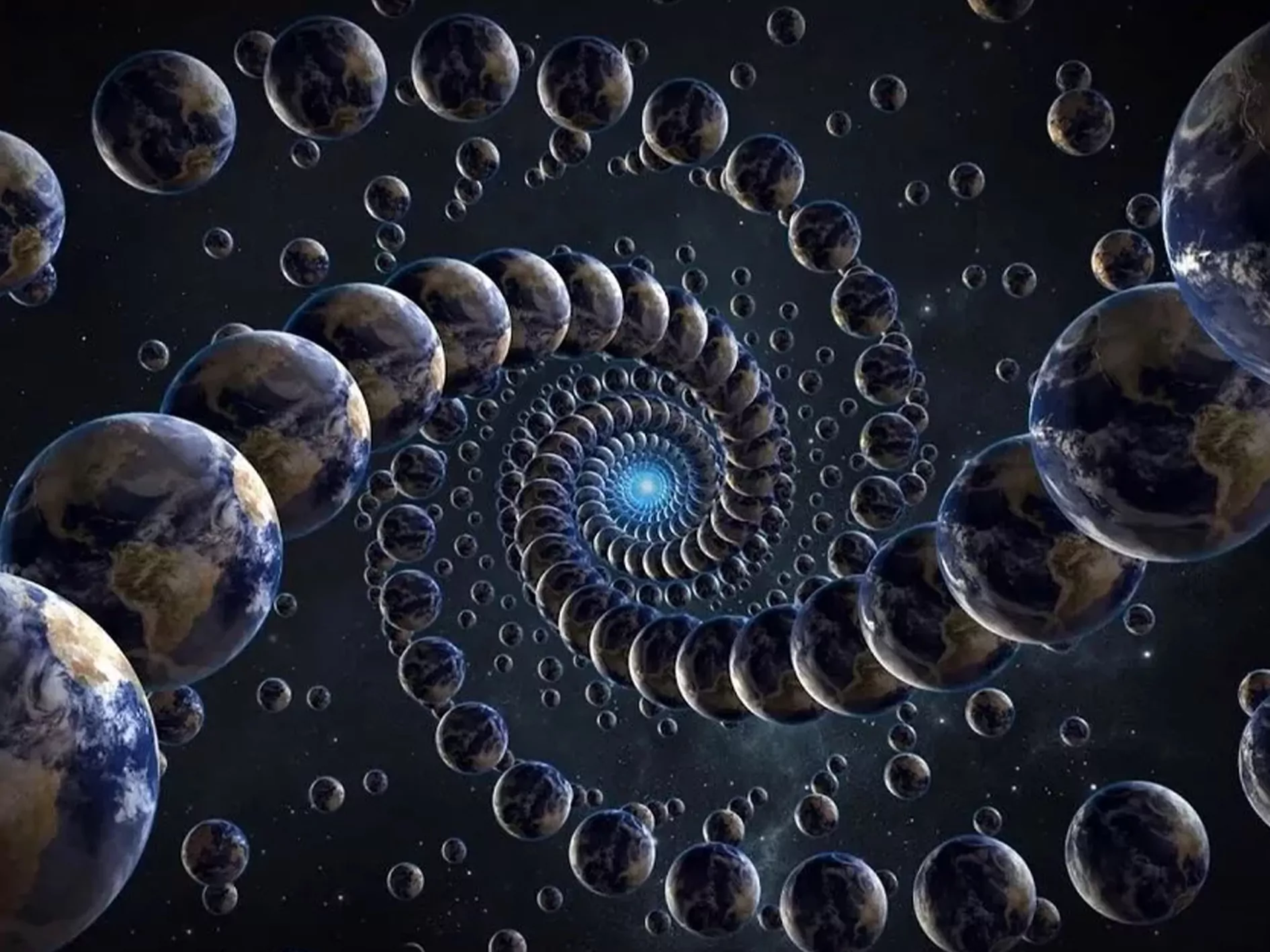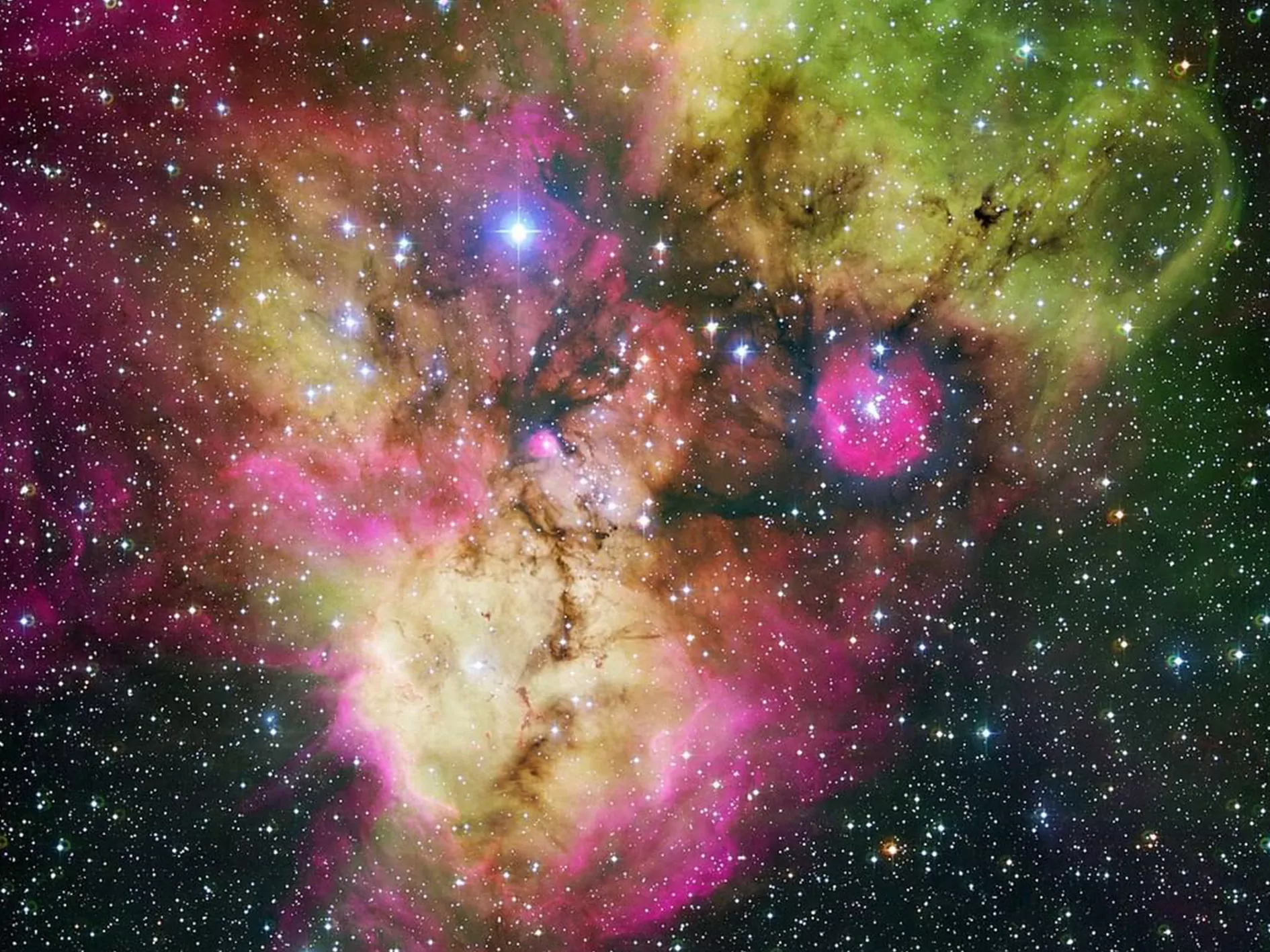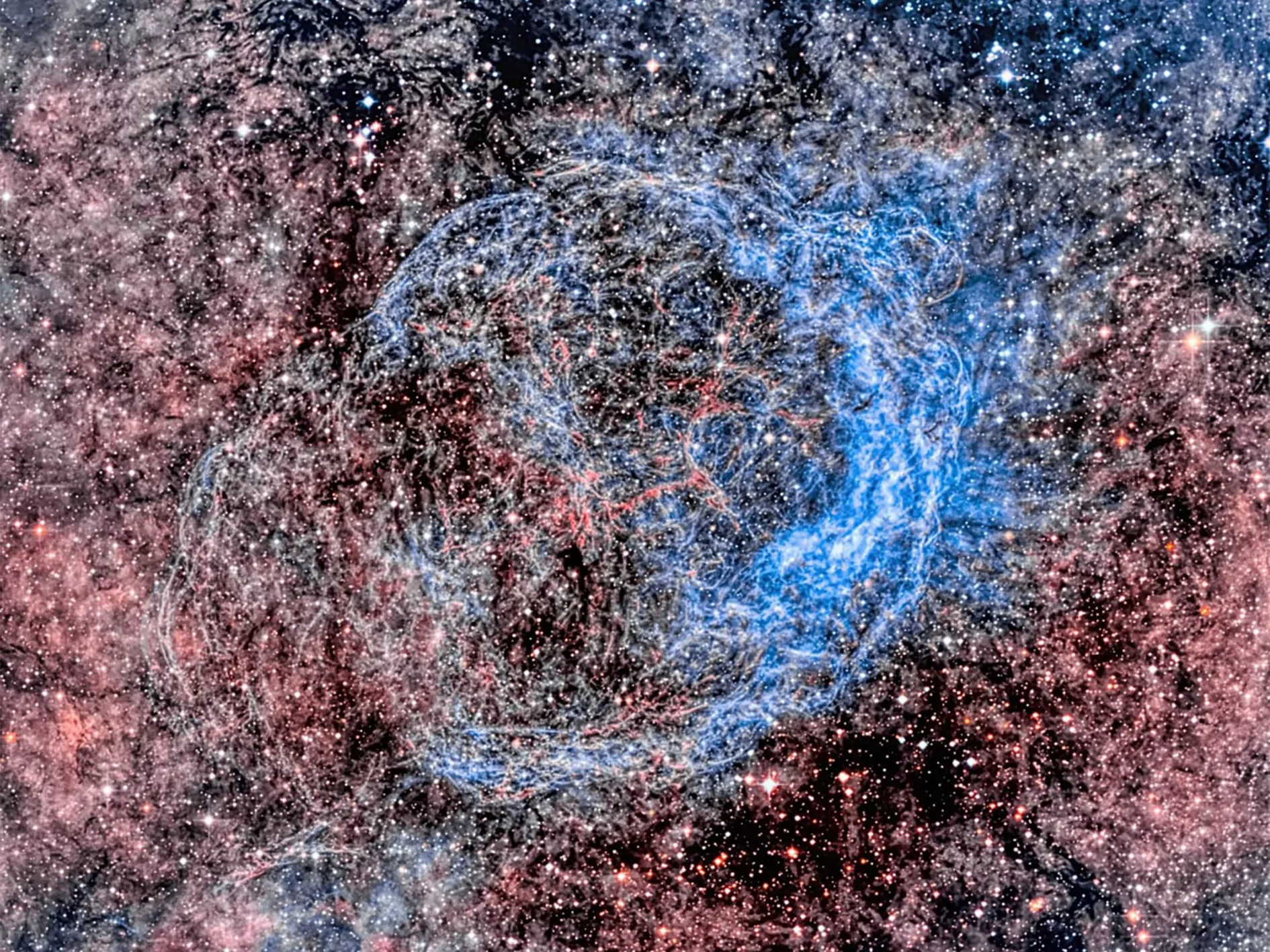-
Asteroid 2015 RN35 will approach Earth on December 15

«Asteroid 2015 RN35 is large enough and will fly very close so that amateur astronomers can observe it,» scientists say. It was called the «Christmas asteroid» and specified that it reaches 140 m in diameter. Residents of the Southern hemisphere of the Earth will be able to observe it. It is reported that the asteroid…
-
The solar system is surrounded by mysterious light pollution

Scientists conducted a study based on observations of the Hubble telescope. The results indicate the presence of a mysterious glow surrounding the Solar System, which may lead to a revision of the model of its structure. 200 thousand Hubble images were sorted. The light of planets, stars, galaxies, asteroids and other known objects of observation…
-
Scientists investigate collisions of black holes

Since 2015, the LIGO-Virgo-KAMA collaboration has detected about 85 pairs of black holes colliding with each other. It is known that these cosmic catastrophes occur frequently: as the sensitivity of the detector increases, scientists expect that in the next cycle of observations, starting in 2023, they will receive data on these events almost daily. However,…
-
Aging stars can create beautiful patterns in the sky

Aging stars can create beautiful patterns in the sky that sometimes look like flowers or insects. A striking example is NGC 6302. The dying central star of the nebula has become exceptionally hot, the temperature on its surface exceeds 200 thousand. °C, it shines brightly in the visible and ultraviolet ranges, but is hidden from…
-
There is evidence that water was brought to Earth by meteorites

The space rock, called the Winchcomb meteorite, has been closely studied by researchers who have found that it contains water similar to the water on our planet. Scientists focus on the dominant theory that the Earth received its huge supply of water thanks to asteroids that intensively bombarded its surface in the distant past. During…
-
The dimming of Betelgeuse could be caused by a black hole

When the Betelgeuse star began to fade rapidly in 2019, many thought that it would soon flare up as a supernova. However, over time, its luminosity recovered, and scientists began to think about the cause of this phenomenon. Now there is a theory that it was caused by a black hole that passed near the…
-
Spiral Galaxy ESO 137-001

Here is an atypical spiral galaxy with a jumper (an elongated structure of stars and gas in the galactic disk), which looks like a dandelion seed head caught up by the wind. In addition, ESO 137-001 behaves accordingly, spreading its «seeds» in space.⠀The galaxy is moving at a speed of about seven million kilometers per…
-
The Multiverse

A multiverse is a hypothetical set of all possible real—life parallel universes. According to the hypothesis, the universe in which we live may not be the only one that exists. In fact, there are an infinite number of universes, and they are all combined into a multiverse This concept may seem a little crazy, but…
-
Here is NGC 2467 — a scattered star cluster with an emission nebula

This is NGC 2467, a scattered star cluster with an emission nebula 17,000 light-years away from Earth. An emission nebula is an interstellar cloud emitting in the optical range due to the ionization of its own gas. The gas is ionized in the process of active interaction with young unstable stars.
-
Why does one side of the nebula surrounding the star WR-18 glow brighter?

The active star and its associated nebula, known as NGC 3199, are located at a distance of 12 thousand sv. years in the southern constellation of Kiel. The size of the nebula is 75 light years. Near the center is the Wolf-Rayet star WR-18 – a massive star with a short life, emitting a powerful…
